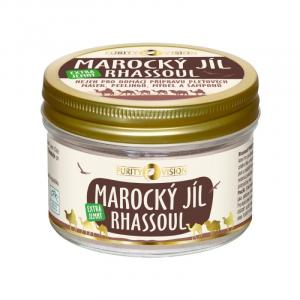Piperonyl Butoxide
Other names: C19-H30-O5, methylenedioxybenzene synergist, 5-((2-(2-butoxyethoxy)ethoxy)methyl)-6-propyl-1,3-benzodioxole, 1,3-benzodioxole, 5-((2-(2-butoxyethoxy)ethoxy)methyl)-6-propyl-, butacide, butyl carbitol 6-propylpiperonyl ether, butocide
Harm score: 5 (Dangerous substances)
Piperonyl butoxide (PBO), also known by the names C19-H30-O5, methylenedioxybenzene synergist, 5-((2-(2butoxyethoxy)ethoxy)methyl)-6-propyl-1,3-benzodioxole, 1,3-benzodioxole, 5-((2-(2-butoxyethoxy)ethoxy)methyl)-6-propyl, butacide, butyl carbitol 6-propylpiperonyl ether or butocide, is a chemical that is often used in the pesticide world. It does not affect pests directly, but it increases the effectiveness of insecticides with which it is often combined. PBO acts as a synergist, i.e. it enhances the effect of the other components of the mixture by inhibiting enzymes that would otherwise deactivate or metabolise the pesticide. This contributes to more effective and efficient pest control.
The use of piperonyl butoxide is very broad and not limited to agriculture or industrial production. PBO is found, for example, in some bug shampoos, plant protection products or insect repellents. It is also contained in some aerosols, insect sprays, balms for sore muscles or household products for insect control. In short, if a product is designed to kill insects, it is likely to contain PBO. However, as with all chemicals, it is important to take precautions when handling and applying products that contain piperonyl butoxide.
You won't find this substance in our products. Try the natural, chemical-free products in our range.

Rhassoul - Moroccan clay 200 g
Product detail